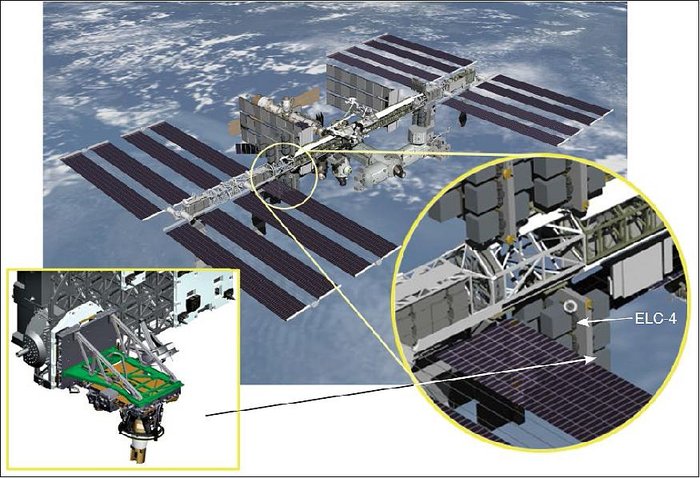Hexapods enable instrument qualification for use at sea
A key feature of the James Webb Space Telescope is helping to shed light on what goes on underneath boats in stormy weather and around the structures of offshore oilrigs. Exploiting the precise positioning abilities of six-legged ‘hexapods’ is enabling a French marine institute to reproduce sea swell in tanks to test wave effects and to qualify instruments for use at sea.
“We use hexapods from French company Symétrie to create motion very accurately,” explains Ifremer’s Benoit Gaurier. “They let us do experiments we weren’t able to do before. For example, we have used a hexapod to explore bubbles forming under the hull of our research vessel in certain sea states that can stop us from using our acoustic equipment.”
Six degrees of movement
Hexapods have two platforms - one fixed and one moving - connected by six legs that can change length and angle.
Each leg can move independently, allowing anything on the mobile platform to be positioned or set at any angle with high levels of accuracy and stiffness.
ESA built a hexapod in 2005 for the International Space Station to stabilise Earth observation instruments and hold them perpendicular to Earth’s surface.

Symétrie developed its first two hexapods to align the French infrared camera on the international James Webb Space Telescope, which will succeed the Hubble telescope in 2018.
Perfect positioning
“As key parts of our cryogenic facility, the Symétrie hexapods contributed significantly to the success of the test and calibration campaigns of the imager,” says Jean-Louis Augueres, the camera's project manager at France’s CEA.





